When it comes to building the perfect home, office, or any commercial space, every detail counts. And this attention to detail needs to start from the very beginning, with the material you choose for your ceilings and walls. Gone are the days when boring, white walls were your only available option. Time and innovation have made wall panelling both readily available and affordable, to meet every project’s needs.
What is wall panelling?
Wall panelling has been a popular interior design choice for decades, providing an aesthetic solution to instantly elevate the look of your space. These panels have a screwing or adhesive system that can effortlessly be mounted on pre-existing walls.
With their versatile range and smooth finish, you can create a modern and stylish ambience to complement your interiors. Their easy installation process allows homeowners and designers to transform a room quickly and hassle-free. Whether you’re looking to revamp a single wall or renovate an entire room, wall panelling lends a seamless, elegant look to your space.
Wall panels add an extra dimension of design, texture, and colour to a space while enhancing the functionality of your walls. They are preferred since they are easy-to-install and provide a consistent and high-quality finish. They can be made of a variety of materials such as wood, fibre cement, concrete and PVC.
Let’s take a closer look at the different types of wall panelling you can opt for, and their benefits.
Types of wall panelling based on wall panelling materials
1. Natural wood panels
- Wooden wall panels add warmth and character to any room. The natural grain and texture of the wood lends depth and dimension to a space. These panels can be made of many different types of wood, such as oak, maple, and pine, with different finishings, such as stained, painted, and unfinished. However, natural wood and teak is quite expensive and subject to weathering and may not suit your project’s budget. This is where faux wood panellings, such as Everest’s ArteSeries, come in. These sustainable cement wood panels give the same effect as natural wood panels, are more durable while being easier on the pocket.
2. Fabric acoustic wall panelling
Fabric acoustic wall panels are a good option for spaces that need soundproofing or acoustic treatment. They come in different colours and textures and can be customised to fit any size or shape. Fabric panels are also easy to install on drywalls, making them a practical choice for temporary or rental spaces.
3. MDF Panels
MDF (Medium-density fiberboard) panels are a cost-effective option for wall panelling. They are made from compressed wood fibres and resin, making them strong, durable, and resistant to warping. MDF panels come in a variety of finishes, including veneer, laminate, and painted.
4. Fibre cement panels
Fibre cement panels are a type of wall panel ling made from a combination of cement, sand, and cellulose fibres. They are highly durable and resistant to fire, moisture, mould and insect damage. They are also relatively low maintenance, requiring only occasional cleaning to maintain their appearance.
In addition to their practical benefits, these panels are available in a wide variety of textures and styles, making them a popular choice as an aesthetically pleasing and versatile building material.
5. PVC panels
PVC (polyvinyl chloride) panels are a practical option for spaces that require low maintenance and high durability. They are waterproof, mould-resistant, and easy to clean, which is why they are often used in bathrooms, kitchens, and laundry rooms however they may get damaged when subjected to heat. PVC panels come in a range of styles, including smooth, textured, and embossed.
6. Glass and mirror panels
Glass and mirror panels are a modern and sleek option for wall panelling. They reflect light, making a space appear brighter and more spacious. Glass and mirror panels come in different sizes, shapes, and thicknesses and can be customised with frosted or tinted finishes.
Benefits of wall panelling
1. Easy to install
Wall panelling is relatively easy to install, especially when compared to other home renovation projects. Most wall panels come with a tongue and groove, screw, or clip-and-lock system, which means they can be easily fitted together without the need for special tools or equipment.
2. Plenty of material choices
As we have seen, wall panelling comes in a wide range of materials, styles, and finishes, giving you plenty of options to choose from. Whether you prefer the warmth of wood, the sturdiness of fibre cement, or the sleekness of glass, there is a wall panelling material that will suit your taste and budget.
3. Protection for your walls
Wall panels not only enhance the look of your walls but also offer protection against scratches, dents, and other types of damage. They also help to insulate your walls, keeping your home warm in winter and cool in summer.
4. Low Maintenance
One of the biggest benefits of wall panelling is that it is low maintenance and requires minimal upkeep over time. Some materials, such as fibre cement boards, have added benefits like being moisture and impact resistant. Since wall panels are designed to be durable and long-lasting, they have little need for repairs or maintenance, making them a practical and cost-effective solution.
These benefits of wall panelling make it clear that they are a modern and innovative way of sprucing up your interiors. They offer several advantages, such as easy installation, a wide range of material choices, and low maintenance. Switching to wall panelling for your projects will help you enhance the look and functionality of your walls while providing a versatile and cost-effective solution for both residential and commercial spaces.


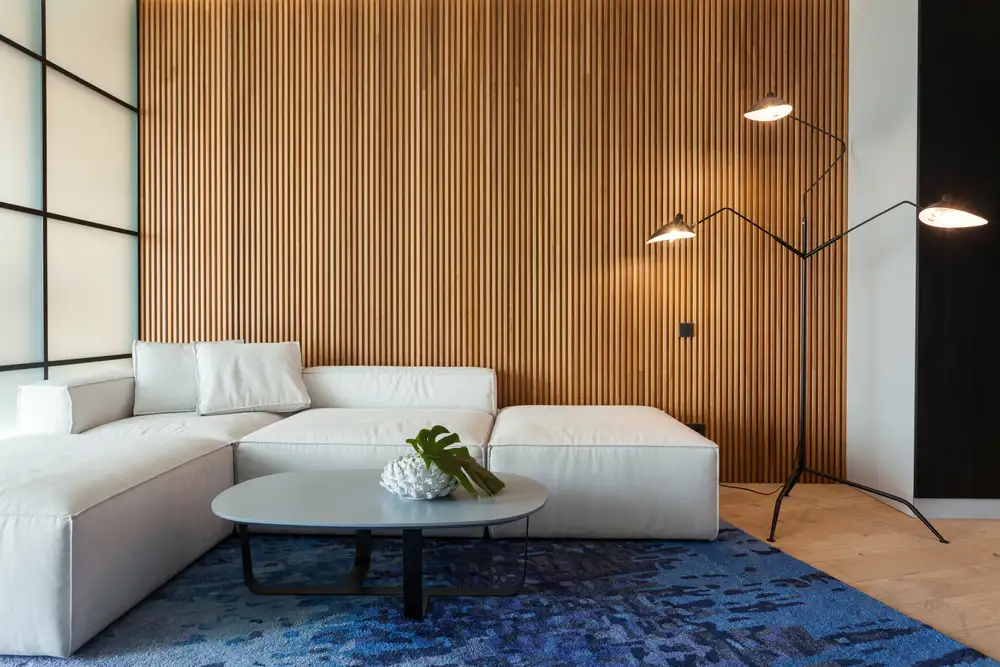


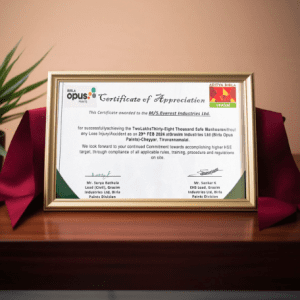







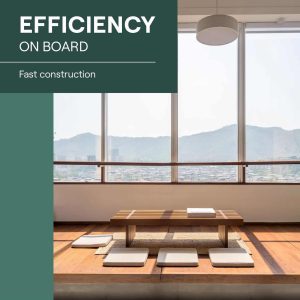

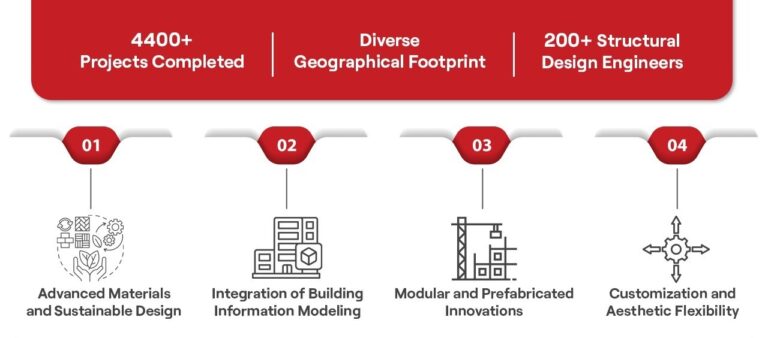
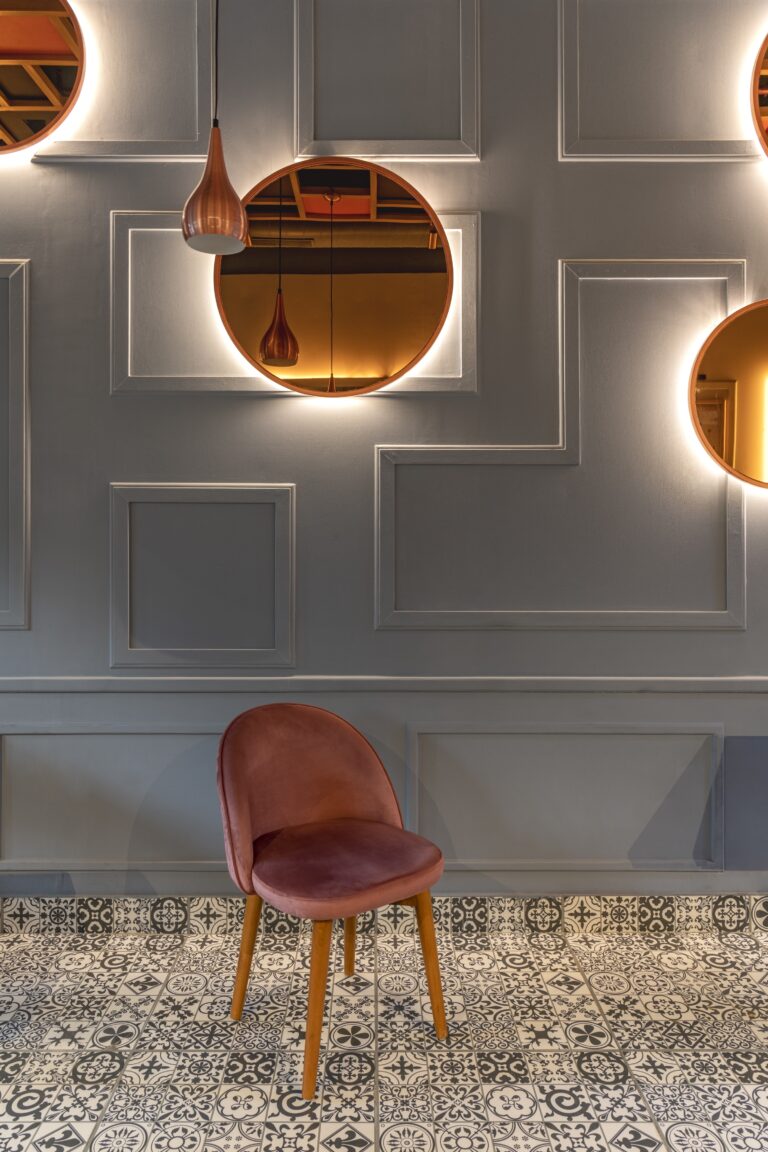




One Response
I like this weblog it’s a master piece! Glad I detected this ohttps://69v.topn google.Blog monry